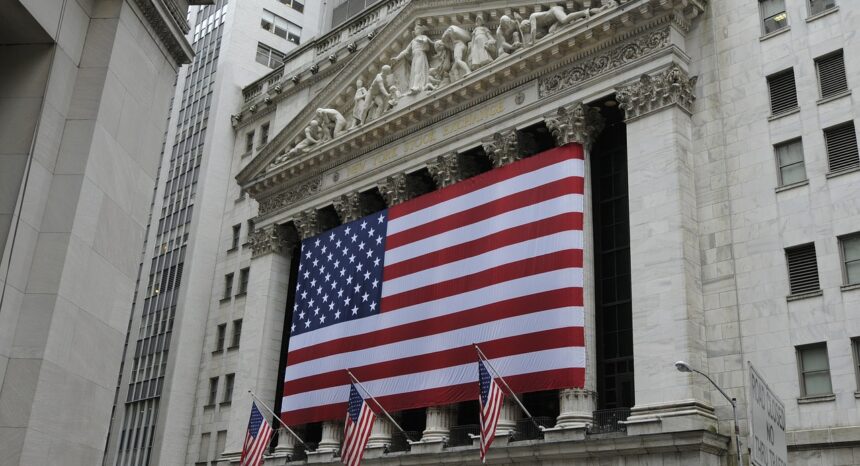The $700 billion Troubled Asset Relief Program (TARP), authorized by President Bush and Congress in 2008, is generally crediting with having stabilized the world banking system and averted a global financial meltdown. Despite this, the program met with strong public opposition and remains unpopular, in part because it was felt to reward large institutions that played a central role in creating the crisis. How does this response compare with public reactions to earlier instances of economic turmoil and bad behavior from financial leaders?
A 2012 longitudinal study from Stanford University published in Public Opinion Quarterly, “Confidence in Banks, Financial Institutions and Wall Street, 1971-2011,” examines historical shifts in public opinion on the financial sector and its employees during periods of instability. The researcher synthesized data from surveys on banking, finance and Wall Street administered over the last 40 years to place recent events in a historical context.
Key study findings include:
- Changes in consumer confidence are driven more by major banking scandals than economic contractions such as the bursting of the early 2000s tech bubble.
- From 2006 to 2010, the percentage of Americans with “hardly any” confidence in banks and financial institutions increased from 13% to 42%, a 29 percentage point increase over four years (7.25 points per year) and a historic high. By comparison, during the savings-and-loan crisis those with no confidence in these institutions increased 21 percentage points over five years (4.2 points per year).
- From 2000 to 2009, the percent of Americans with no confidence in the financial industry (excluding banks) jumped from 4% to 26%. Those with a “very negative” view of banking (excluding the financial industry) rose from 11% in 2008 to 21% in 2009.
- In 1991, Americans trusted their local banks or the bank they personally dealt with (37%) more than larger commercial banks (10%); in 2010, support for both local banks (31%) and commercial banks (8%) had both declined somewhat.
- During the Great Recession, the percentage of Americans who rated the ethics of bankers as either “very high” or “high” decreased from 37% in 2006 to 19% in 2009. During the savings-and-loan crisis, high banker ratings decreased from 37% in 1985 to 27% in 1992. Overall, the percentage of Americans who rated bankers’ ethics as “very high” never rose above 8% between 1977 and 2010.
- “Americans with ‘a great deal’ of confidence [in Wall Street] dropped from 15% in 2005 to a historic low of 4% in 2009. The second lowest percentage of Americans with ‘a great deal’ of confidence in the people running Wall Street was 8% in 1989.”
The author finds that the Great Recession’s combination of ethical scandals and economic insecurity were the primary reasons for the significant decreases in the public’s confidence in financial institutions and their stewards. The paper concludes that “the political climate for serious financial reform has probably not been this favorable in over 40 years.”
Tags: financial crisis, economy, ethics


Expert Commentary